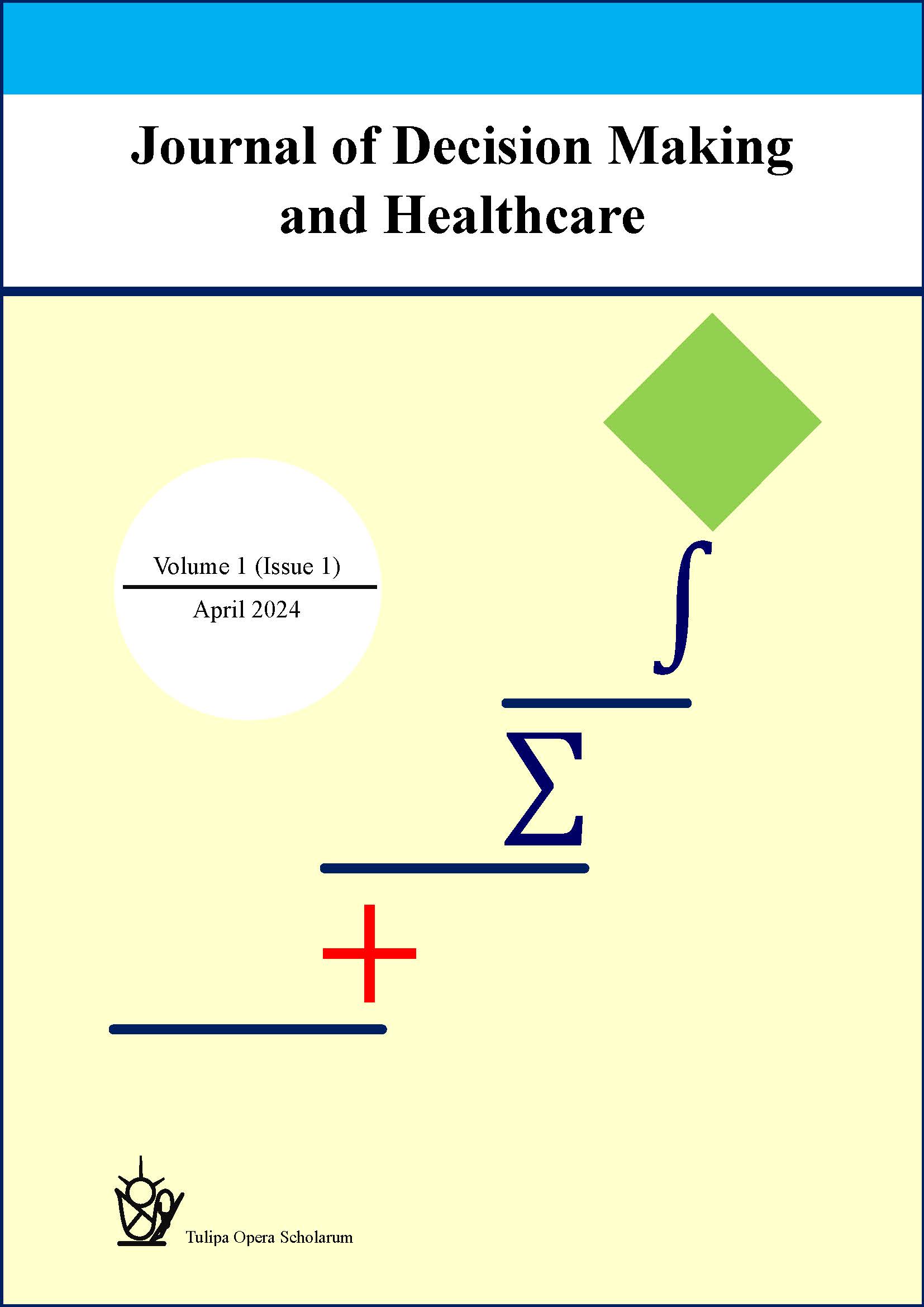Analysis and research on fraud detection and recognition problem modeling based on conditional generative adversarial network
Journal of Decision Making and Healthcare, Volume 2, Issue 1, April 2025, Pages: 43–63
LUPING ZHI
Business School, the University of Shanghai for Science & Technology, Shanghai, China
WANMIN WANG
School of Cyber Science and Engineering, Southeast University, Nanjing, China
Abstract
To address problems such as multimodal non-Gaussian values of continuous variables, modeling of discrete and continuous variables, and extreme imbalance of data distribution in tabular data, this study combined anomaly detection and deep learning techniques, first in generators and discriminators, to add conditional variables to construct Conditional Generative Adversarial Nets, making the Generative Adversarial Network model easier to control and solving the uncertainty of the original Generative Adversarial Network model. Then, under the condition of satisfying the categorical labels, the generative model in the conditional generative adversarial network is used to generate artificial transaction data with the same distribution as the real data to achieve data augmentation for LightGBM for classification prediction. Finally, principal component analysis and t-SNE were used to reduce dimensional techniques to visualize synthetic large-scale and high-dimensional data. Experiments show that the model only needs to extract a small amount of transaction data with categorical labels from the training set for training; furthermore, the training process is easier to control, the model is not easy to collapse but has better feature extraction capabilities, and the synthetic transaction data has better coverage. It is more in line with expectations, can better overcome the defects of traditional fraud-detection models for misclassifying most samples, and helps improve the industry's efficiency in identifying transaction fraud to meet the needs of enterprises.
Cite this Article as
Luping Zhi and Wanmin Wang, Analysis and research on fraud detection and recognition problem modeling based on conditional generative adversarial network, Journal of Decision Making and Healthcare, 2(1), 43–63, 2025

